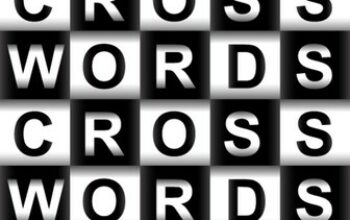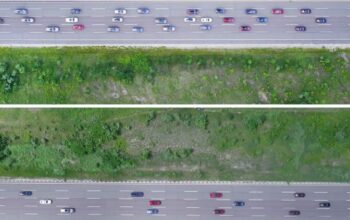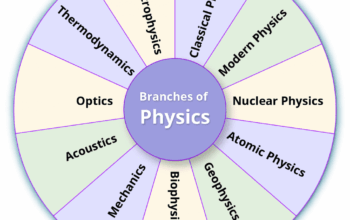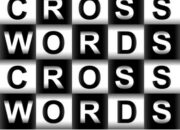The confluence of art and science often reveals intricate dimensions of human experience, and perhaps no figure encapsulates this synergy more compellingly than Albert Einstein. Celebrating Einstein through dance is not merely a tribute to his groundbreaking contributions to physics; it is an exploration of how movement can articulate the complexities and wonders of the universe he unveiled. This interplay invites a shift in perspective, prompting audiences to contemplate physics in an evocative and imaginative light.
Einstein’s theories—revolutionary notions of relativity, quantum mechanics, and the interconnectedness of space-time—present a landscape ripe for artistic interpretation. Dance serves as an ideal medium for such an interpretation, manifesting abstract scientific concepts into an expressive form that resonates on an emotional level. For instance, consider the relativity of time. The frenetic pace of contemporary choreography can mimic the distortions in time as portrayed in Einstein’s theories. A dancer might accelerate in movement, illustrating the dilation of time experienced by an observer moving at significant velocities. This tangible embodiment allows audiences to not only grasp theoretical physics but to feel its weight through the rhythm of the human body.
Furthermore, exploring the symbiotic relationship between dance and physics unveils a rich narrative about the universe. The vastness of space can be paralleled with the expansive gestures and movements of dancers, who traverse the stage as celestial bodies might traverse the cosmos. The choreography can illustrate concepts of gravitational waves, as dancers engage in lifts and falls, embodying the undulating pulses of energy that ripple through the fabric of space-time. By visually contextualizing these scientific phenomena, dance becomes a conduit for wonder, piquing curiosity about the fundamental nature of reality.
Moreover, the act of interpreting Einstein’s work through dance can serve as a potent educational tool. The engagement of multiple senses—sight, sound, and kinesthetic—invokes an immersive learning environment that can elucidate complex scientific principles. Consider performances that are complemented by live narration or visual projections of Einstein’s equations, enhancing comprehension. The fusion of science and art not only democratizes knowledge but also transforms the often esoteric discourse of physics into accessible and relatable narratives. Audiences, who might initially approach Einstein’s theories with trepidation, are likely to depart with a renewed sense of inquisitiveness and appreciation.
In addition to fostering educational dialogues, dance as a medium augments the emotional resonance of Einstein’s concepts. The interplay of movement and music can elicit feelings that abstract theories alone cannot convey. For instance, a contemporary piece that delves into the theme of entanglement—the idea that particles can become interconnected regardless of distance—might juxtapose moments of isolation with poignant duets. The dancers, intertwined in a fluid sequence, may reflect the profound interconnectedness in the universe that Einstein proposed. Through this emotional lens, audiences are ushered into a deeper understanding of scientific paradigms; they not only observe but also empathetically experience the existential threads that bind all matter within the cosmos.
Dance also allows for the incorporation of various cultural narratives surrounding Einstein and his legacy. Contemporary choreographers can delve into themes of diversity, inclusion, and the legacy of marginalized scientists who contributed to the foundations of modern physics. By weaving these narratives into dance performances, the impact of Einstein’s work can be contextualized within a broader tapestry of scientific inquiry, highlighting that innovation does not emerge in isolation but is rather a collective endeavor shaped by myriad influences. Thus, celebrating Einstein through dance can take on multifaceted dimensions, challenging both historical narratives and contemporary biases.
The aesthetic of the performance can also evoke the dualities present in Einstein’s life: the juxtaposition of his scientific genius with his humanitarian concerns. Choreographers might utilize costumes and stage design that reflect the stark contrasts of his life—intellectual rigor versus passionate advocacy for peace. This duality could be expressed through dynamic choreography that oscillates between frenetic and serene movements, encapsulating a man whose life embodied the tension between scientific discovery and ethical responsibility. Such performances, rich with contextual significance, can provoke questions about the role of scientists in society: Should they solely pursue knowledge, or must they also consider the moral implications of their discoveries?
As we consider the future of this artistic exploration, it is essential to recognize the potential of interdisciplinary collaboration in advancing both dance and scientific understanding. Dance companies and scientific institutions have the opportunity to cultivate partnerships that inspire new artistic projects. Workshops integrating physicists and dancers could lead to innovative pieces that challenge traditional boundaries. Such collaborations promise not only to enrich the arts but also to cultivate a more nuanced public understanding of science, encouraging future generations to engage with both realms. The theater becomes a crucible where inquiry and creativity intertwine, sparking dialogues that inspire not only artists and scientists but all participants in the quest for knowledge and meaning.
In conclusion, celebrating Einstein through dance transcends mere homage; it reimagines the way we engage with and communicate the complexities of the physical world. This exploration encourages a deeper appreciation for the beauty and interconnectedness of our universe, inviting audiences to expand their understanding and reshape their perceptions of both art and science. By choreographing the essence of Einstein’s legacy onto the stage, we cultivate a culture that values curiosity, creativity, and the relentless pursuit of understanding in every conceivable form.









